COVID-19 and the lockdown have had a significant impact on the social and economic environment not just in India but on a global level across all sectors. However, post facing months of slowdown period, the aesthetic medicine industry is back to business with a bang. In a recent online panel discussion, Aesthetic Medicine brought together industry stalwarts including Dr Jagdish Sakhiya, Director, Sakhiya Skin Clinic; Dr Rajesh Nair, Founder, SkinCare Specialty Centre; Dr Medha Bhave, Plastic Surgeon with a special interest in cosmetic surgery and laser cosmetic; Dr Viral Desai, Cosmetic and Plastic Surgeon, and Pioneer, Co-Founder and Medical Director, DHI India, and Medical Director, CPLSS, Desai Hospital and Sarla Hospital; and Kalpesh Gawade, Director, Skinnovation. The discussion was moderated by Shriyal Sethumadhavan, Executive Editor, Aesthetic Medicine India, and focussed on the scenario for the aesthetics community when they come back to business and how can business growth be viewed.
When the lockdown was announced, it seemed difficult for the entire aesthetics community to continue with most of the conventional practices, including conducting consultations.
It came as a jolt, which was a bit difficult to overcome in the initial phase. Said Dr Desai, “I was at IMCAS, Paris when this pandemic had started spreading its wings in European countries. I had seen the fear and impact of the novel coronavirus. However, back then, I did not think that it will have such an effect on our country as well.”
But with help of teleconsultation and telemedicine, doctors have tried to be in touch with their patients for basic treatments and medications.
What was the immediate impact of the situation on businesses?
“We had seen its magnitude and impact in the European countries and knew it was going to affect us sooner or later. It was anticipated. However, the initial phase of COVID-19 and the lockdown was a shock as the entire business came to a standstill, but slowly people came to terms with it,” said Gawade.
Digitalisation got into a new phase here – telemedicine, online payments, online training of staff, social media, live educative virtual events.
Digitalisation was always there in the industry but was not implemented on an extensive level, unlike post-COVID stage. However, with the help of teleconsultation, telemedicine, and online payment, doctors could be in touch with their patients and treat at least the basic aliments, which were a sigh of relief.
Also, through the medium of online training, programmes for staff training and welfare could be conducted as it proved to be the best time for upgrading their key skills for developing the business. Dr Desai said, “There was a time in the initial phase where we attended four to five webinars in a day for training and education.”
However, the COVID condition unfolded differently for Sakhiya Skin Clinic, as they had incorporated the digitalisation process such as teleconsultation, telemedicine, online payment and training as part of their standard operating procedures (SOP’s) from the past one year. As a result, they opened two new clinics during the lockdown phase. “we have our software, which can connect up to 100 clinics with good data backup,” Dr Sakhiya shared.
Digitalisation played a role for the devices segment too.
As Gawade mentioned, “We had a good presence on social media but had not ventured into digitalisation. However, it was important and the need of the hour to educate the staff with the latest techniques and processes via online training to keep their motto high and ongoing. Also, our diversified portfolio, i.e., from clinical to surgical helped us sail through these tough times.”
On March 25, 2020, the Board of Governors of the Medical Council of India, in partnership with NITI Aayog, issued Telemedicine Practice Guidelines that enabled registered medical practitioners to provide healthcare using telemedicine. However, despite clinics reopening, considering the social distancing norms, telemedicine and consultation are here to stay for a long time, echoed all the panellists.
“This is the best way of practising aesthetic medicine as through this process, medical facilities can reach the rural areas as well which are still not getting adequate medical aid. Slowly and gradually we should move towards operating satellite clinics, where a patient can go and connect with the doctor through teleconsultation,” said Dr Sakhiya.
On her part, Dr Bhave said, “Initially we were a bit reluctant as we thought COVID-19 will end soon and we will get back to practise. But now with this process being legalised by the council we have started practising through it and have also trained our staff in it. It is my observation that patients are more comfortable in teleconsultation than visiting the clinics.”
However, according to Dr Desai, “Teleconsultation is useful and beneficial for clinical practitioners but plastic and cosmetic surgeons patients should visit the clinic as taking measurements and checking the skin texture and other aspects before the surgery are a bit difficult to gauge through teleconsultation.”
There would certainly be challenges as the community works towards reclaiming the pre-COVID levels.
As the panel discussed: One of the biggest challenges post-re-opening is not to let the guards drop down by following good and safe hygiene conditions as the number of cases are increasing day-by-day. Second, it is also important to retain and restore patients’ confidence that the clinics are safe for them to visit. It is a chain reaction where the aesthetic industry is working towards reassuring the doctors, and the doctors to patients.
Which are the immediate treatments/procedures to take-off?
In the initial phase of the unlock, i.e, in May-end when clinics re-opened, fast, and easy procedures were only carried out, basically the one in which could be done using local anaesthesia. As giving general anaesthesia was a bit risky as the mortality rate was high.
One more change that needs to be observed in the procedures, pointed Dr Bhave, is that combination treatments should be avoided for some time. The patient should undergo one treatment at a time so local anaesthesia can be used instead of general anaesthesia which is a bit risky in the current situation.
In terms of sales growth, and marketing outreach, the panel was positive…
“We should not overthink about COVID and the show must go,” asserted Gawade. He shared, “My appeal to the fraternity is that do not get distracted in cost-effective machines and equipment as checking the quality is of utmost importance. COVID will go today or tomorrow but the equipment is to stay for a longer time. Hence one has to think from the long-term perspective.”



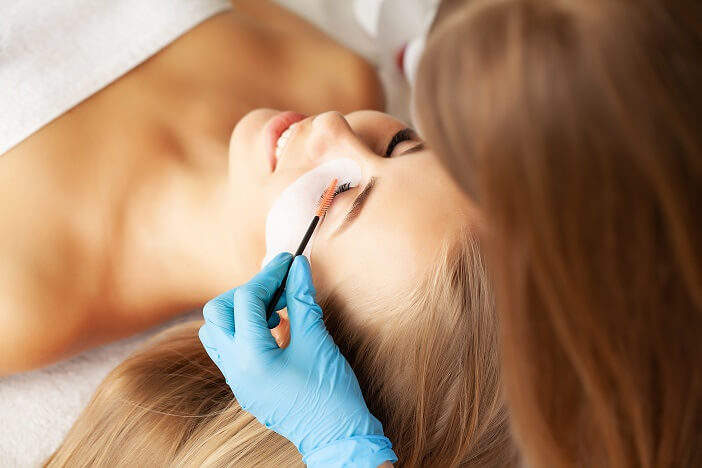

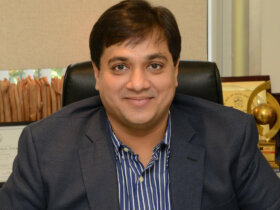
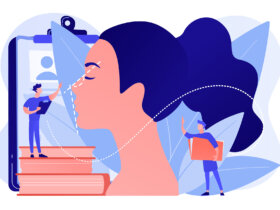



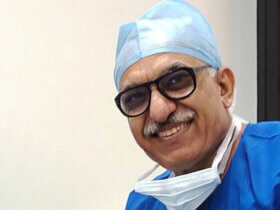

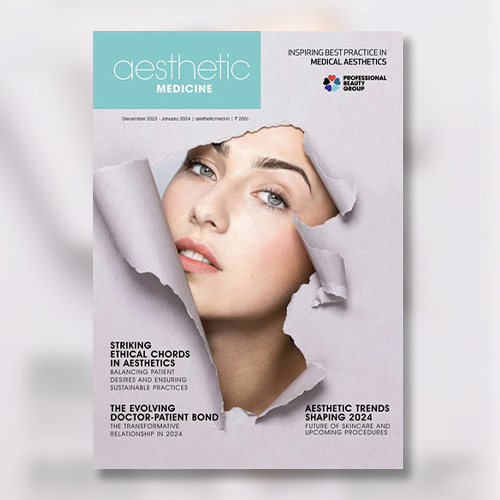
Leave a Reply